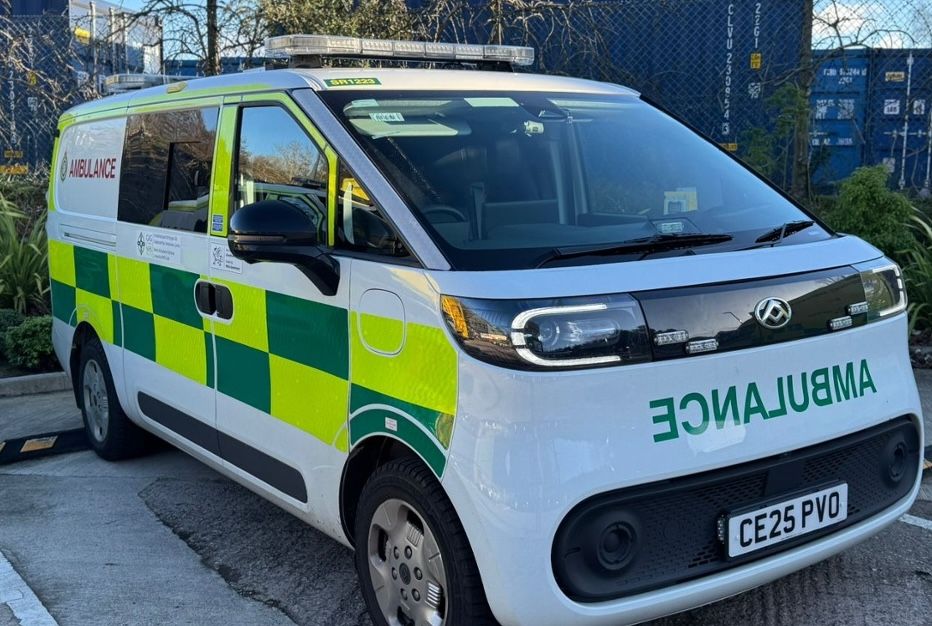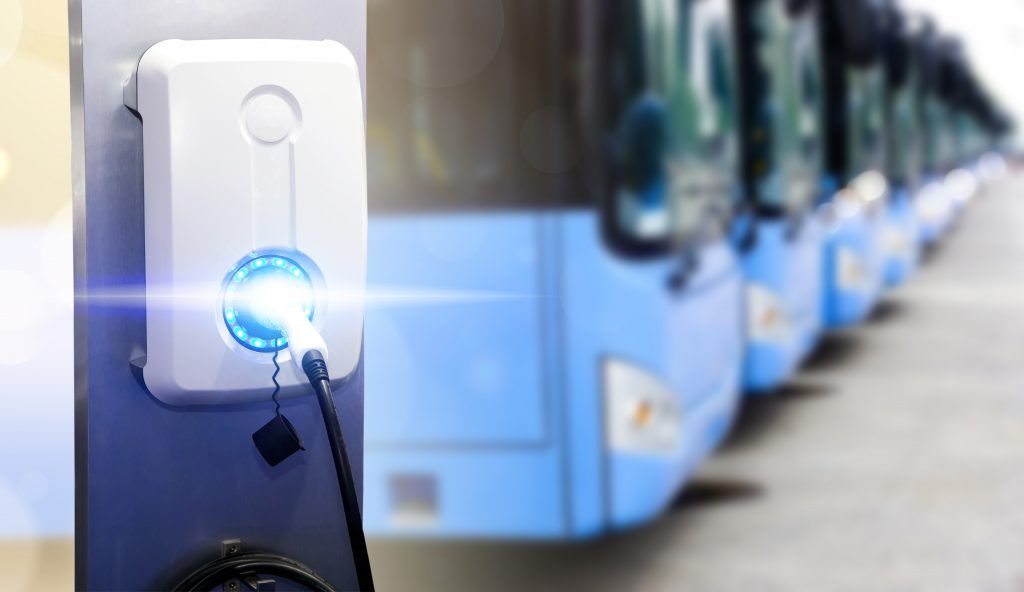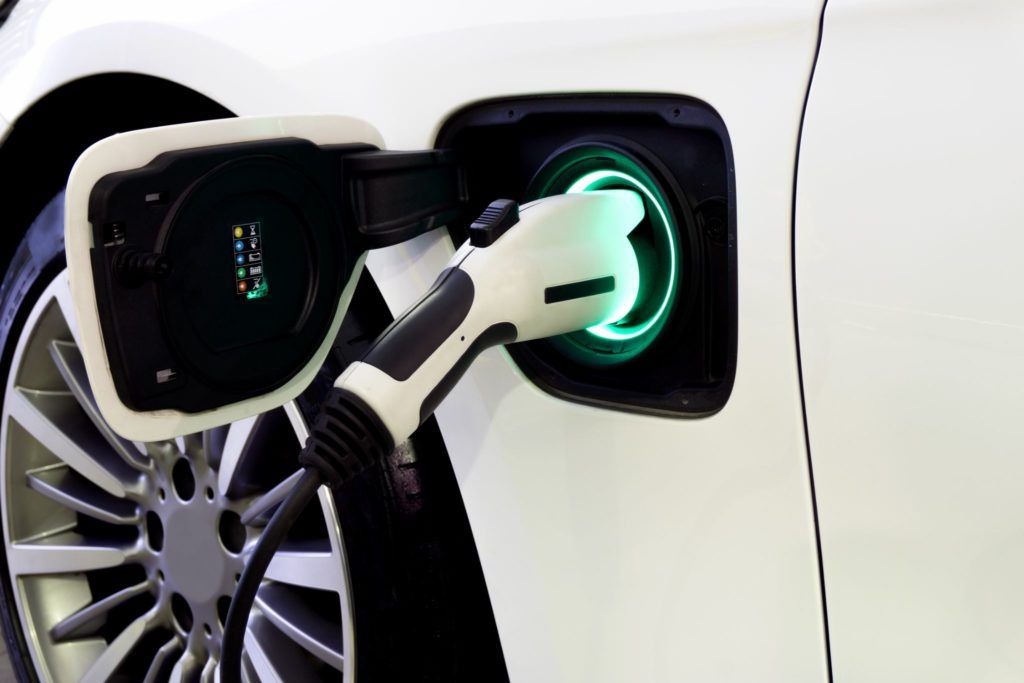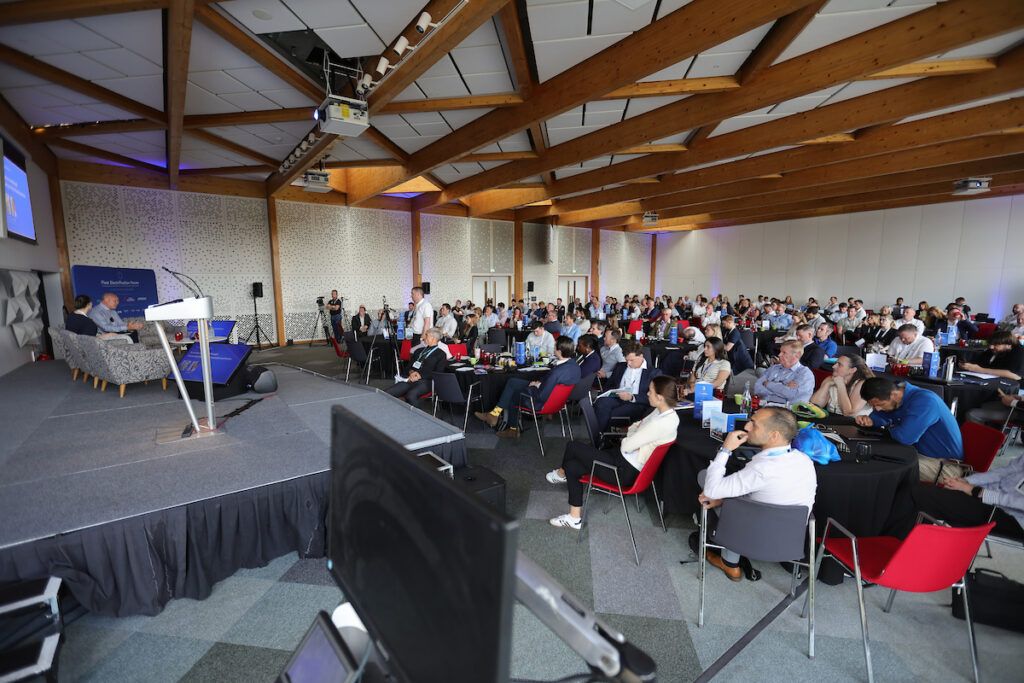Three out of four drivers believe the high cost of public charging is the most significant barrier to wider uptake of electric vehicles (EV), according to a report released today by EVA England.
Other major concerns highlighted by respondents were the deterrent effect of common ‘EV misinformation and myths’ and the high initial purchasing costs of EVs compared to petrol and diesel equivalents.
The publishing of the EVA England report comes amidst concerns in the EV sector that a lack of consumer incentives risks derailing the progress made towards EV uptake so far.
Vicky Edmonds, Chief Executive of EVA England, said:
“We urge the Government to take note of our findings. They are informed by the most important people in this debate – the drivers themselves. Whilst we continue to see very high levels of satisfaction from EV drivers who have made the switch from petrol and diesel, there are still significant barriers to wider uptake. Action is needed to tackle the triple effect of high public charging costs, the constant drip feed of anti-EV misinformation from vested interests and the high initial costs of EV purchase. In addition, we urge the Government to consider a raft of other measures that can, in combination and over time, help ensure that demand for EVs continues to grow at the required pace to help meet the country’s climate targets.”
The EVA England report comes as the organisation submits its response to the Government’s public consultation on its flagship Zero Emission Vehicle (ZEV) Mandate policy, guiding car manufacturers towards the 2030 end of sale of new petrol and diesel cars. The public consultation called for stakeholders in the EV space, including drivers, to share their views on the current state of the transition, the technicalities of the ZEV Mandate itself, and what policies the Government should consider next to ensure EV uptake continues rising in accordance with upcoming decarbonisation targets.
In its report, EVA England has made a total 14 recommendations to Government. This includes:
- An expansion of popular workplace ‘salary sacrifice’ schemes.
- The introduction of a scheme that allows access to lower cost EVs for lower income households, such as a France style social leasing scheme or used car loan scheme.
- Simplified application and permit processes for the installation of cross-pavement charging solutions.
- Minimum compliance with accessibility standards for drivers with disabilities.
- Regulated signage for charging points to improve charge point visibility in terms of both location and cost.
Vicky Edmonds added:
‘EV uptake has risen quickly over the last 15 years. In 2010 there were just over 1,500 electric cars on UK roads, compared to over one million today. Much of this impressive growth can be closely linked to Government incentives and regulations aimed at EV uptake. But as the market evolves so do the challenges, meaning a new set of actions is now needed to encourage more drivers to take up an EV.”
Image courtesy of Shutterstock.








